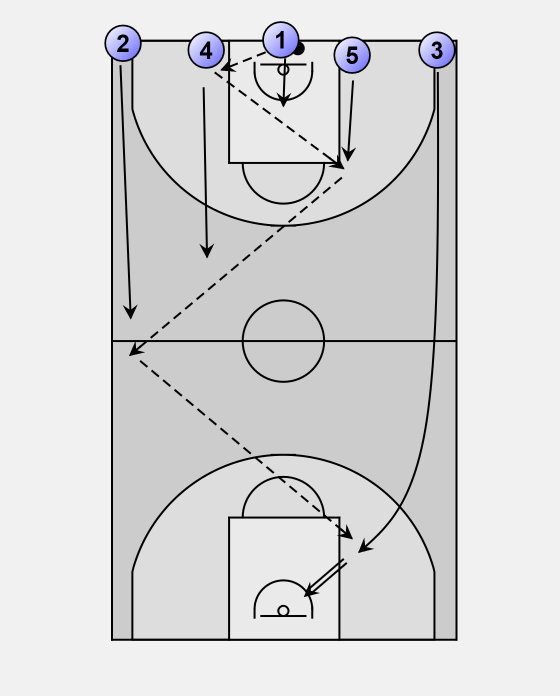

► submit a Veterinary Technology Program Applicationfor admission into Introduction to Veterinary Technology (VET 101S), Veterinary Anatomy and Physiology (VET 125S), and Veterinary Medical Terminology (VET 151S). ►have successfully completed Introduction to Computers (CIS 100S) or passed proficiency exam and
#Vtne passing score for ohio plus#
►have satisfactory assessment scores in reading and writing to be ready to take Composition I (ENG 121S) or successfully competed Composition I Plus (ENG 094D)

►have a satisfactory math assessment score, or a grade of “B” or higher in Math Literacy (MTH 093D), or a grade of “C” or higher in Intermediate Algebra I (MTH 098D) Applicants may take Introduction to Chemistry (CHM 110S) as an equivalent ►have successfully completed one year of high school chemistry. In addition to complying with the College’s general admission procedures, Veterinary Technology program applicants must Veterinary Technology Program Applicants ► ♦ The Ohio Veterinary Medical Licensing Board | 77 S High Street, 16th Floor, Columbus, OH 43215 | 614.644.5281
#Vtne passing score for ohio registration#
*Visit the Ohio Veterinary Medical Licensing Board website (see link above) to review all registration requirements to become a veterinary technician. The VTNE must be passed, along with registration with the Ohio Veterinary Medical Licensing Board,* to practice legally as a registered veterinary technician. This does not guarantee accreditation, nor does it grant any temporary status of accreditation. Our program has submitted an application for accreditation with the AVMA. Clinical experience in various facilities, including private practices and emergency medical centers, will provide valuable on-the-job training.Īfter graduating from an AVMA accredited veterinary technology program, students will be eligible to take the Veterinary Technician National Examination (VTNE). This program will provide training in animal husbandry, restraint, nursing, surgical preparation and assistance, drug administration, anesthesia, laboratory techniques, dentistry and radiography. Veterinary technicians are required to work under the supervision of a licensed veterinarian. The industry includes private practices, emergency hospitals, specialty offices (including but not limited to Internal Medicine, Cardiology, Anesthesiology), research facilities, diagnostic laboratories and zoos. This program trains veterinary technicians to work in the field of veterinary medicine. To extend the program over more than two years, a student may take one, two or three general studies or science classes prior to applying for admission to the veterinary technology program. The Veterinary Technology program consists of sequential courses which require six consecutive terms to complete.


 0 kommentar(er)
0 kommentar(er)
